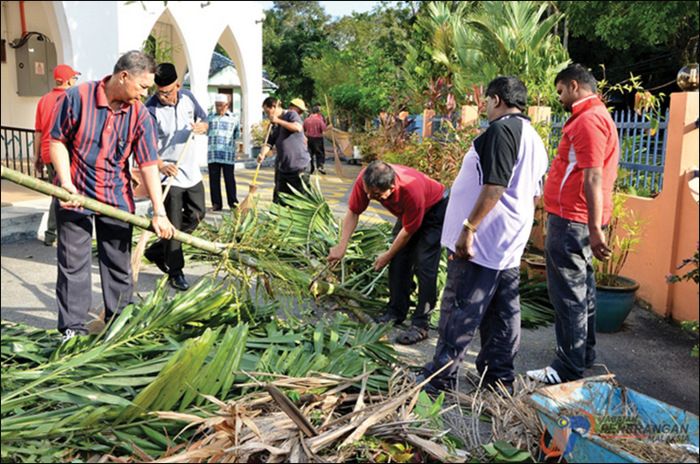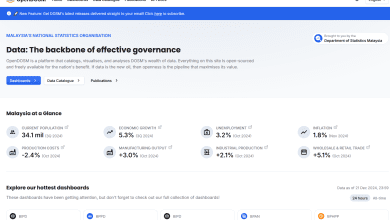Connexion: Neighbourhood self-governance


Connexion
By Joachim Ng
Make a guess: do you know whether your back-lane has uncollected rubbish, or does city hall know better than you? Surely, neighbourhood folks know their surroundings: the garbage piles, the clogged drains, and the killer Aedes hangout places. Your mind has mapped the pothole locations, as you have to maneuver your car or motorbike around them.
So, who are the decision-makers in neighbourhood governance? Not you. “They.” But “they” have no time for rubbish. Well, not only in Malaysia are “they” too busy. Recent surveys covering 29 countries across the Americas indicate that in most of them there is growing public frustration with the delivery of basic public services. What these surveys reveal is that the public has been relying too much on politicians. The vote becomes a crutch that spares them the need to partake in governance.
Ten years ago, potholes in a Johor Baru neighbourhood were being patched up — but not by any politician. The hero was a ‘Lone Ranger’ by the name of Panjang, and for two years he went about repairing the potholes with stones, pebbles and cement. Pothole Panjang’s heroism should have then already woken up the public: it’s self-governance that gets things done in a neighbourhood.
Just as stratified property developments manage themselves efficiently, the larger neighbourhoods can be similarly governed. A neighbourhood can have as few as 1,000 households in sprawling bungalow areas or as many of 10,000 households in high-rise dense enclaves. Ipoh would need at least 24 neighbourhoods, while Kuala Lumpur would require a division into more than 60 neighbourhoods. On the other hand, Kampar needs slicing up into just a handful for efficient governance.
What has been overlooked is that the owners of houses, shops and offices in a neighbourhood have a right of say in how their area is governed. This is because all owners pay a property assessment tax to the local authority of a town, municipality or city. The tax is meant for construction, maintenance and upgrading of public infrastructure within the local authority area.
To be continued next issue


